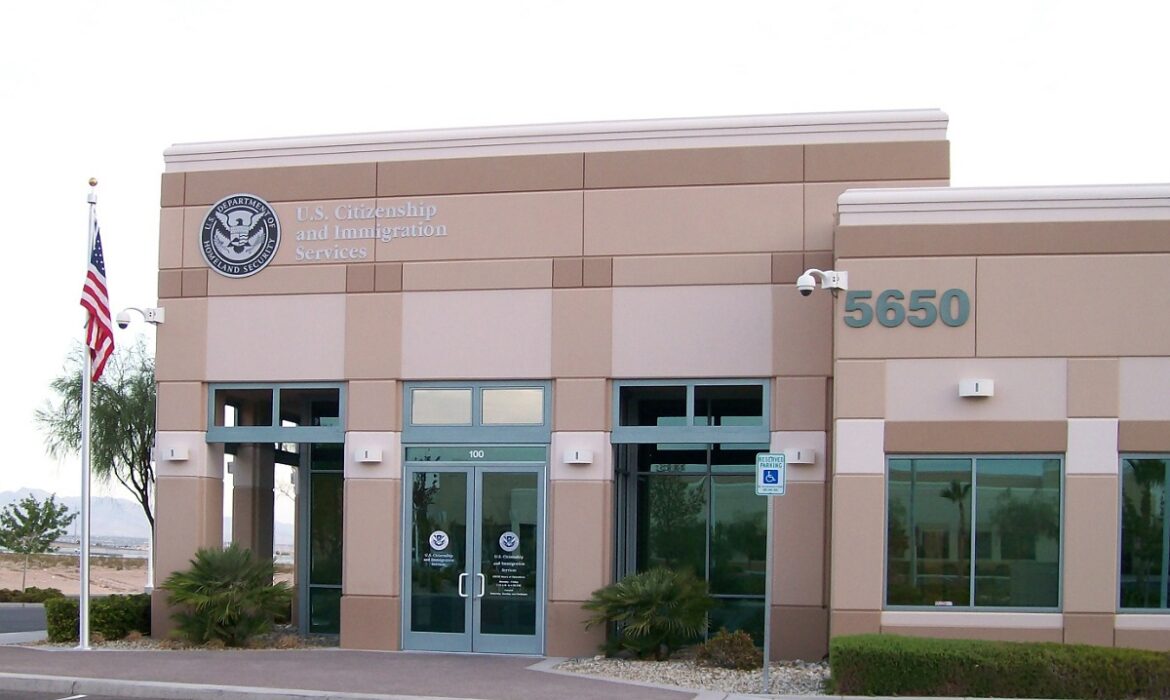Why Media Validation Matters for Immigration Petitions
For professionals pursuing extraordinary ability visas such as EB1A, O1, or other talent-based categories, one of the most complex challenges is meeting the media criteria. The U.S. Citizenship and Immigration Services (USCIS) requires applicants to demonstrate recognition in their field through published material in major media outlets or authorship of scholarly and professional articles.
But in today’s fragmented digital media landscape, a critical question emerges: How do you prove the credibility and weight of those media appearances?
The Media Challenge in Extraordinary Ability Petitions
Immigration adjudicators are tasked with evaluating whether the applicant is genuinely recognized in their industry. Specifically, the regulations reference:
- 8 CFR 204.5(h)(3)(iii): Published material about the applicant in major media.
- 8 CFR 204.5(h)(3)(vi): Authorship of scholarly articles in professional or major trade publications.
However, traditional metrics like print circulation or website traffic often fail to capture true influence. A feature in a globally respected platform such as Forbes or Harvard Business Review carries vastly more evidentiary weight than a random online mention, even if the latter has higher page views. This is where expert media validation becomes indispensable.
Expert-Led Validation: Where Strategy Meets Evidence
As a media expert and a recipient of the EB1A Green Card herself, Dr. Rachana Chowdhary, Founder & CEO of MediaValueWorks, brings a unique perspective to this challenge. Having successfully navigated the rigorous USCIS scrutiny for extraordinary ability, she now helps executives, scientists, artists, and innovators build powerful, evidence-backed media dossiers that withstand legal and adjudicative review.
Through MediaValueWorks’ patent-filed AVE (Advertising Value Equivalent) methodology, Dr. Chowdhary and her team:
- Categorize and rank media outlets – distinguishing globally prestigious platforms (Category A) from niche trade publications (Category B).
- Benchmark against advertising value – calculating what equivalent visibility would cost as paid media.
- Adjust for prominence and sentiment – assigning higher weight to authored features, cover stories, and headline mentions.
- Deliver a consolidated valuation – presenting a transparent, monetary measure of an applicant’s media credibility.
This structured approach transforms subjective “media mentions” into objective, quantifiable evidence — strengthening both the narrative and evidentiary foundation of an immigration petition.
A Proven Framework in Action
For instance, in a recent case involving a global finance leader, MediaValueWorks evaluated multiple articles, interviews, and podcasts. The total media exposure equated to an AVE of $235,000, clearly demonstrating the applicant’s influence and authority within their industry. This tangible evidence became a cornerstone of the successful EB1A petition.
Why Media Validation Is Critical for EB1A & O1 Applicants
Across industries — from CEOs and doctors to scientists, performing artists, and entrepreneurs — applicants face the same hurdle: proving that their acclaim is industry-recognized, not self-proclaimed.
By leveraging expert-backed media validation, applicants can:
- Showcase measurable media impact instead of vague mentions.
- Highlight visibility in prestigious, domain-relevant platforms.
- Provide objective third-party validation that USCIS adjudicators respect.
This approach aligns with the agency’s focus on quality over quantity, helping your petition rise above basic documentation and into the realm of compelling, irrefutable evidence.
Legal Precedents Supporting Media-Based Evidence
Several landmark cases underscore the weight of credible media coverage in establishing extraordinary ability:
- Maramjaya v. USCIS (2008): Recognition in prestigious publications implies expertise.
- Kazarian v. USCIS (2010): Emphasizes evaluating the totality of evidence.
- Matter of Chawathe (2009): Cumulative evidence demonstrates sustained acclaim.
- Muni v. INS (2004): Visibility in distinguished platforms confirms perceived expertise.
The Bottom Line
In the world of extraordinary ability visas, being featured is no longer enough — you must prove the credibility, authority, and industry impact of those features.
With her dual vantage point as both a media strategist and an EB1A recipient, Dr. Rachana Chowdhary helps transform fragmented media mentions into legally robust, evidence-backed narratives. Through MediaValueWorks, applicants can bridge the gap between subjective recognition and objective proof — significantly improving their chances of success in EB1A, O1, and other talent-based petitions.
For more information, write to Dr Rachana Chowdhary on rachana@mediavalueworks.com
Image credit: USCIS/Mediacentre/image



